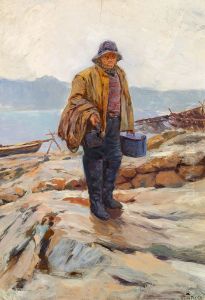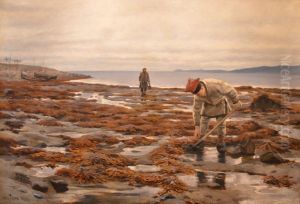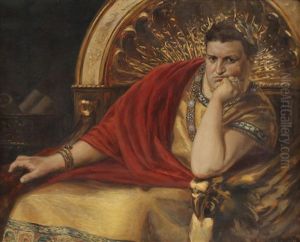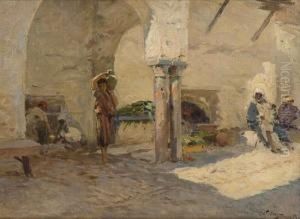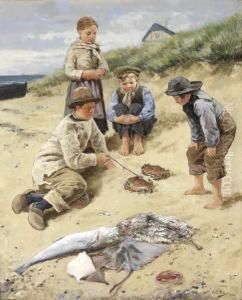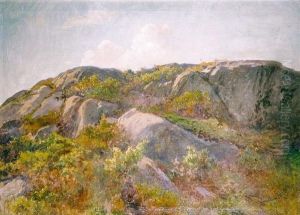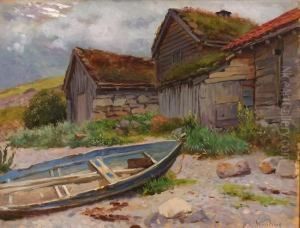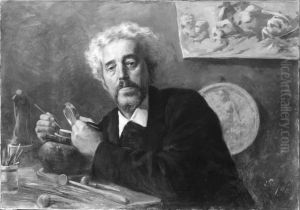Wilhelm Peters Paintings
Wilhelm Peters was a German naturalist and explorer, rather than a conventional artist. He was born on April 22, 1815, in Koldenbüttel, in the Duchy of Schleswig, which was then under Danish rule. He is primarily known for his contributions to zoology and herpetology, the study of amphibians and reptiles. Peters was not an artist in the sense of visual arts like painting or sculpture, but he certainly contributed to scientific illustration through his detailed studies and descriptions of animal species.
Peters studied medicine at the universities of Kiel and Berlin. However, his interest in zoology soon overtook his medical pursuits. After receiving his doctorate in 1838, he began to focus more on his work in natural history. He traveled extensively, including to Mozambique as part of a scientific expedition. During his travels, he collected a vast number of specimens, many of which were new to science at the time.
Upon his return to Berlin, Peters became associated with the Berlin Zoological Museum, where he was appointed as an assistant in 1846. He was later promoted to the positions of curator and director. Throughout his career, Peters described numerous new species and was particularly interested in herpetology, ichthyology, and entomology.
Peters was also involved in the academic side of zoology. He became a professor at the University of Berlin and was a member of various scientific societies. His work was recognized by his peers, and he became a respected figure in the scientific community for his contributions to the understanding of biodiversity.
He passed away on April 20, 1883, in Berlin, leaving behind a legacy as a dedicated scientist who expanded the knowledge of the natural world. While not an 'artist' in the traditional sense, the precise illustrations and descriptions that accompanied his scientific work can be considered as a form of scientific artistry, showcasing the beauty and complexity of the specimens he studied.

